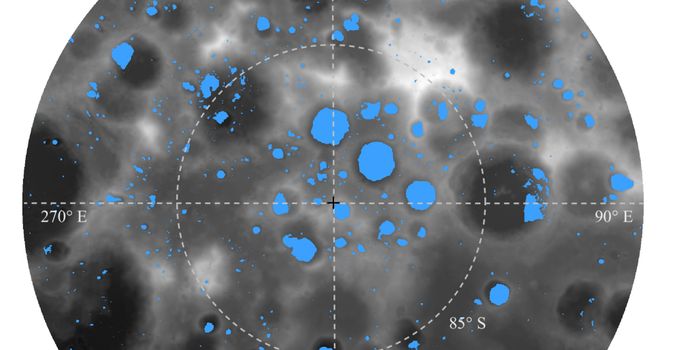NASA's Asteroid Redirect Concept is Moving Into Production & Testing
Asteroids pose a real threat to the Earth and all the life that inhabits it. Smaller asteroids aren’t usually a problem, and break up in our atmosphere before posing a threat, but larger ones might be too big for our atmosphere to handle.
While we’ve been lucky to dodge most large asteroids to date, there’s always a chance that one is lurking out there somewhere that we just haven’t spotted yet, and the clock is ticking.
Related: Size matters in asteroid collisions
NASA is working hard to bring the concept of an asteroid-defense mission into the light. The idea is to develop a kinetic impact system that will tackle inbound asteroids while they’re headed towards Earth to deflect them away from Earth and into a new path.
An artist's concept of the AIDA DART probe taking aim at an asteroid. Image Credit: Johns Hopkins APL
While it sounds like something straight out of science fiction, this is real stuff. NASA has already put the idea on paper, called the Double Asteroid Redirection Test (DART), and is now working with Johns Hopkins APL to bring the concept to life in its first-ever testing phase.
This would work exactly how it sounds like; working as a dart, the refrigerator-sized probe will be shot at an asteroid in an attempt to use the kinetic energy to change its course away from the Earth.
"DART is a critical step in demonstrating we can protect our planet from a future asteroid impact," said Andy Cheng, who is co-leading the DART investigation at APL along with Andy Rivkin.
"Since we don't know that much about their internal structure or composition, we need to perform this experiment on a real asteroid. With DART, we can show how to protect Earth from an asteroid strike with a kinetic impactor by knocking the hazardous object into a different flight path that would not threaten the planet."
Related: Could an asteroid knock the Moon out of orbit?
There’s no guarantee that it would even work, since we really don’t know that much about asteroid composition or if a refrigerator-sized impact is large enough to make a difference in an asteroid’s trajectory. Nevertheless, we won’t know until we try, so that’s the next step.
So what will be the test target? A good question.
The next close counter of an asteroid is expected by 2024, when a 530-foot wide asteroid dubbed Didymos B swings around our neighborhood.
If we can develop this asteroid deflection concept before then, we will have an opportunity to test it out. Didymos B is not expected to hit us, but we can still test our technology on it and study its effectiveness at changing the asteroid’s course.
For now, it’s a waiting game until the first concept is devised and the asteroid comes closer. Fortunately, this provides a ton of buffer for getting the system right before testing just years from now.
Source: AIDA DART (Johns Hopkins University)









